How do I find the right bicycle inner tube?
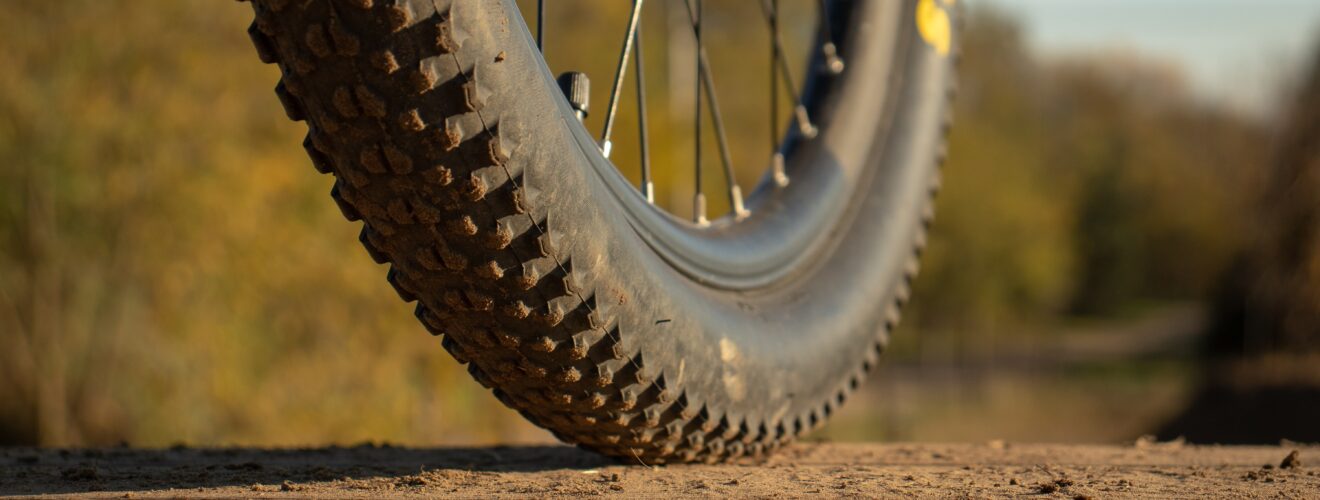
When buying a new bicycle inner tube, there are two characteristics you should pay attention to:
- Size: Numbers are stamped on the side of the casing. These indicate the tyre size and the required inner tube size. (The numbers always refer to the inner diameter and the tyre width).
- Thetype of valve: car valve, French valve or standard bicycle valve.
To shed some light on this, the European Tyre and Rim Technical Organisation (ETRTO) has set the following standards:
ETRTO standards:
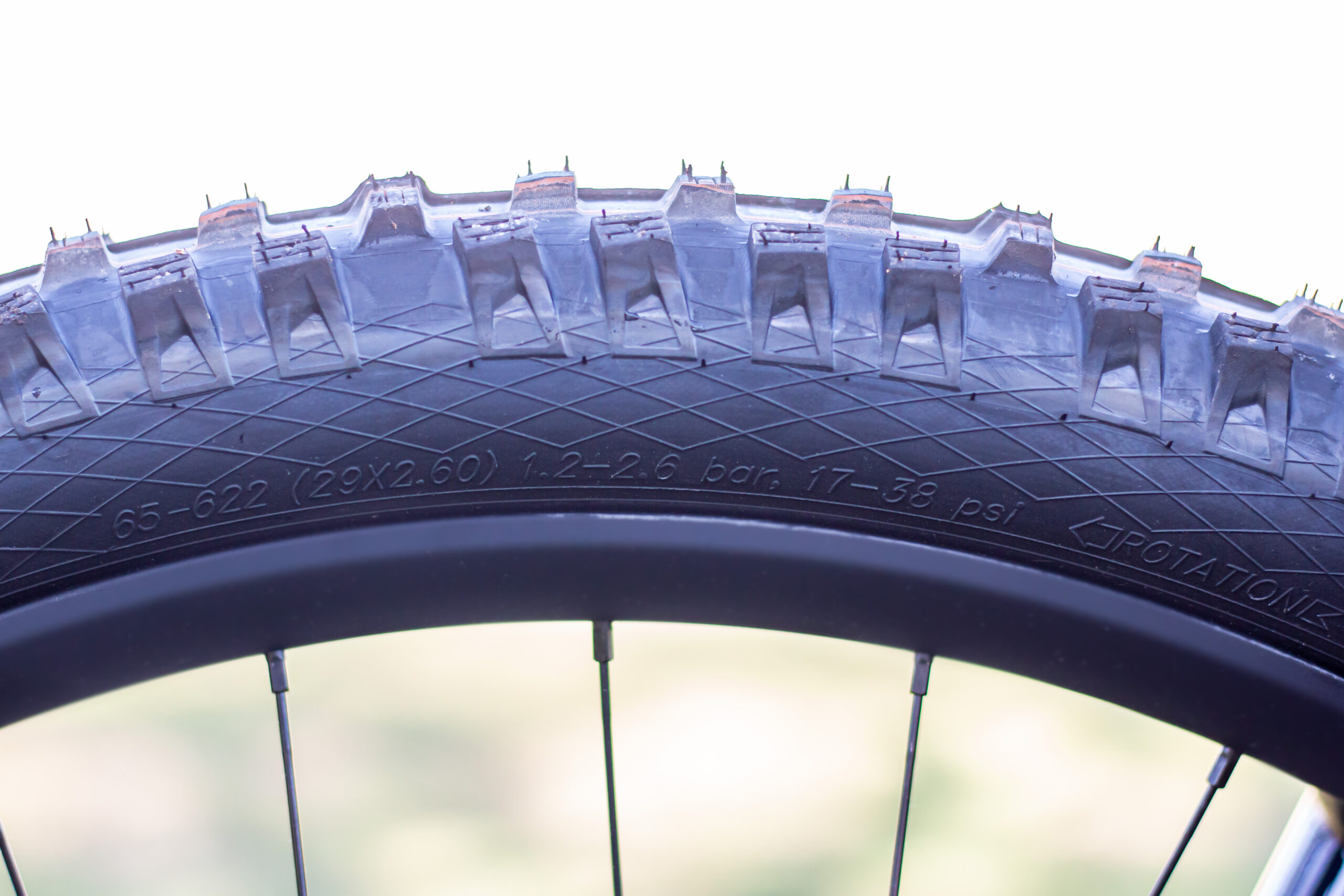
ETRTO number:
65-622
The 65 stands for the tyre width (mm). The 622 stands for the outer diameter of the rim (mm)
Inch specification:
29 x 2.60
29 inch diameter and2
.60 inch tyre width
Tyre pressure:
1.2 – 2.6 bar, 17 – 38 psi
Optimum tyre pressure for this type of tube.
Please note: Inch sizes are approximate and may vary from the size required. This is due to tolerance allowances, which may vary minimally. It is best to orientate yourself on the ETRTO specifications, these are always uniform.
What types of tyre or bicycle casing are there?
Clincher tyres
Clincher tyres are used as standard on most rims. The tyre pressure presses the wire into the rim bed and holds the rim and tyre together. They are available with lug tread for mountain bikes and trekking bikes to provide perfect grip on forest floors and trails. A road bike needs smoother tyres for the lowest rolling resistance.
The folding tyre
Instead of wire and for stabilisation, Kevlar or aramid fibres are used. This saves weight (between 50 – 100 g) and the casing can be easily rolled up. For trekking, such a tyre is also easier to pack than one with wire.
Tubular tyre
A tubular tyre consists of a closed/sewn casing with the inner tube inside. It has to be glued directly to the rim and because of its lightweight construction, some weight can be saved. Road bikes often use this type of tyre because the rolling resistance is low, similar to that of the folding tyre. In case of a flat tyre, you could still ride on the casing in an emergency. Mounting is a little more complicated than with other tyres and the required adhesive must dry for about 24 hours. The tubeless tyre must also be pre-stretched on the rim for a day beforehand.
Tubeless tyre (tubeless)
As the name suggests, there is no butyl tube in this tyre. As in a car or motorbike tyre (folding or clincher), the air is pumped between the rim and the casing. The maximum air pressure is 4 bar. Optimum pressure is achieved with approx. 1.9 bar. The air is held securely in the tyre by the special shape and a sealing band at the bottom of the rim.
Tubeless tyres need sealing milk (puncture protection fluid)
Sealing milk consists of an emulsion of latex and automatically seals small holes and cracks in the bicycle casing. A conventional casing is usually not completely airtight, so you should regularly check whether there is enough sealing milk in the tubeless tyre. You can pierce the tyre with a needle and see if the hole reseals itself when you turn it; if it doesn’t, you need to top it up. Depending on the manufacturer, the sealant should be replaced every 7 months, as it hardens in the tube and becomes solid.
Advantages Tubeless:
- Repair small holes yourself
- More grip due to lower air pressure
- Less weight
- Less resistance
- Less friction
Disadvantages Tubeless:
- Requires sealant
- Special rims are needed
- More complicated installation
The latex tube – The alternative to the standard butyl tube
Most bicycle inner tubes are made of butyl. However, there are also bicycle inner tubes made of latex, which are very light due to their thin material and have a lower rolling resistance. The flexible material adapts better to uneven surfaces and reduces the risk of punctures. Latex tubes lose air more quickly than butyl tubes, so you should check the pressure before every tour.
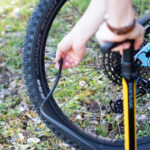


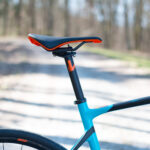
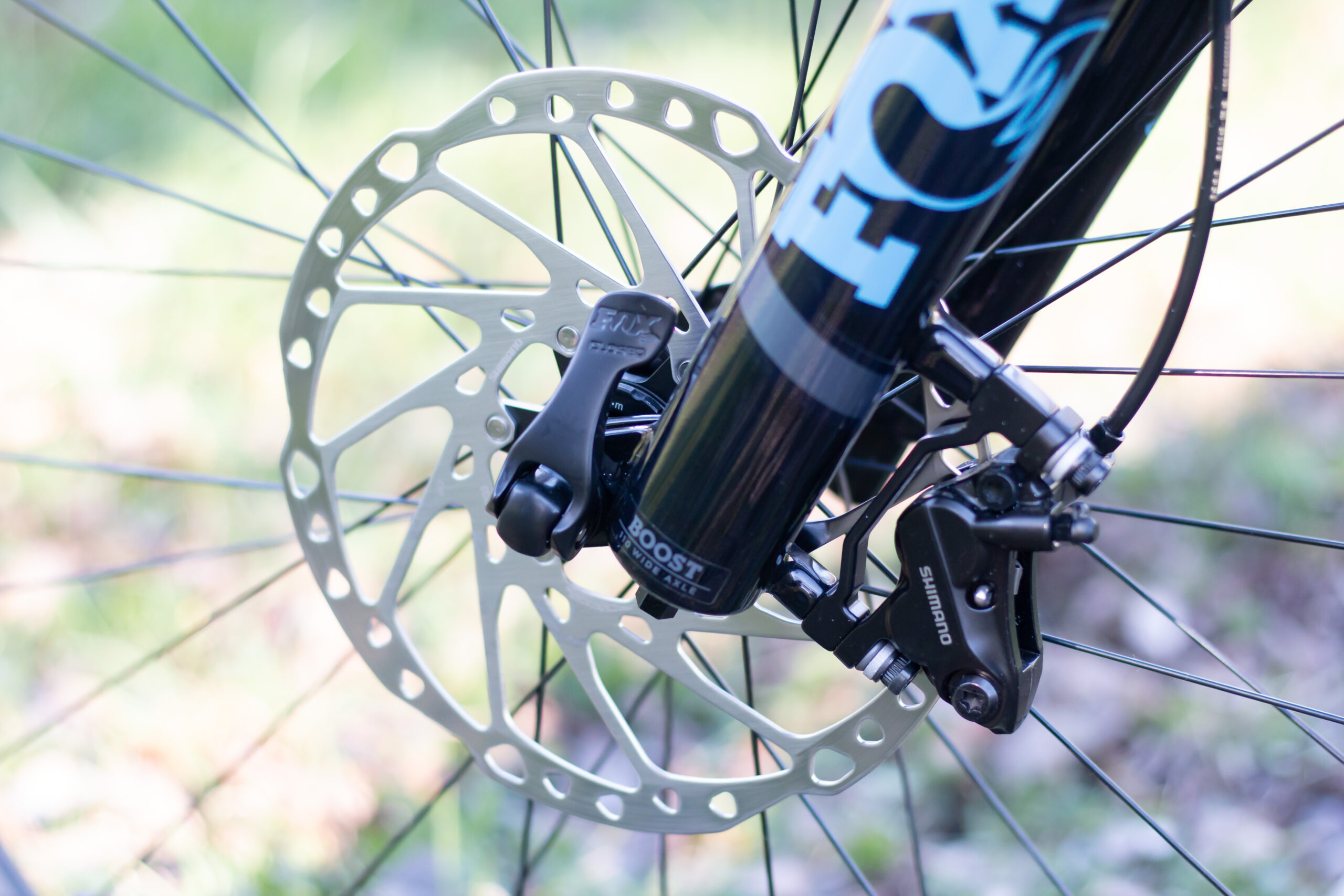
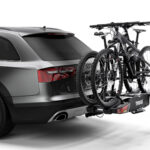
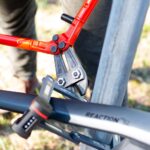
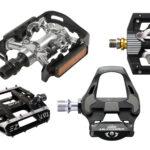
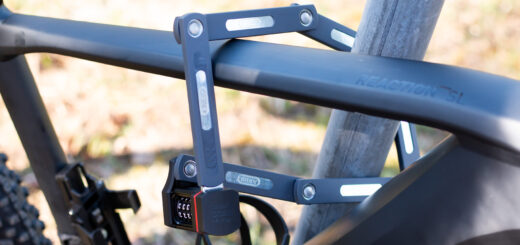
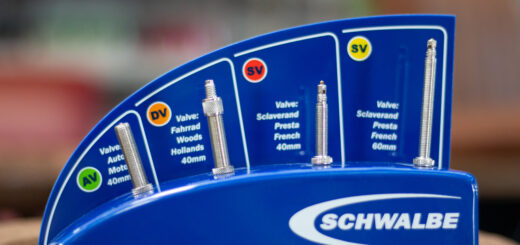
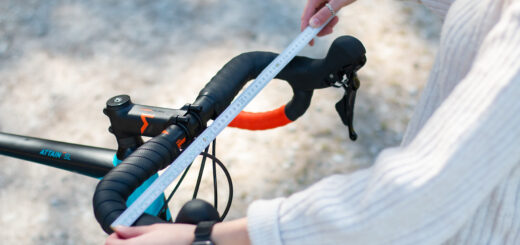








Recent Comments